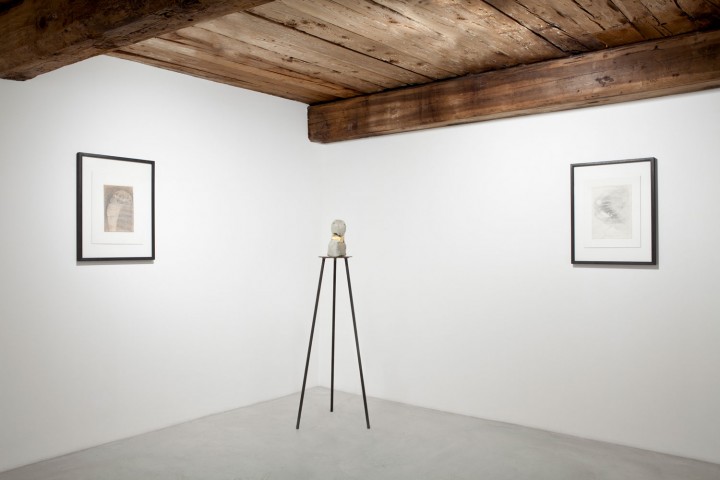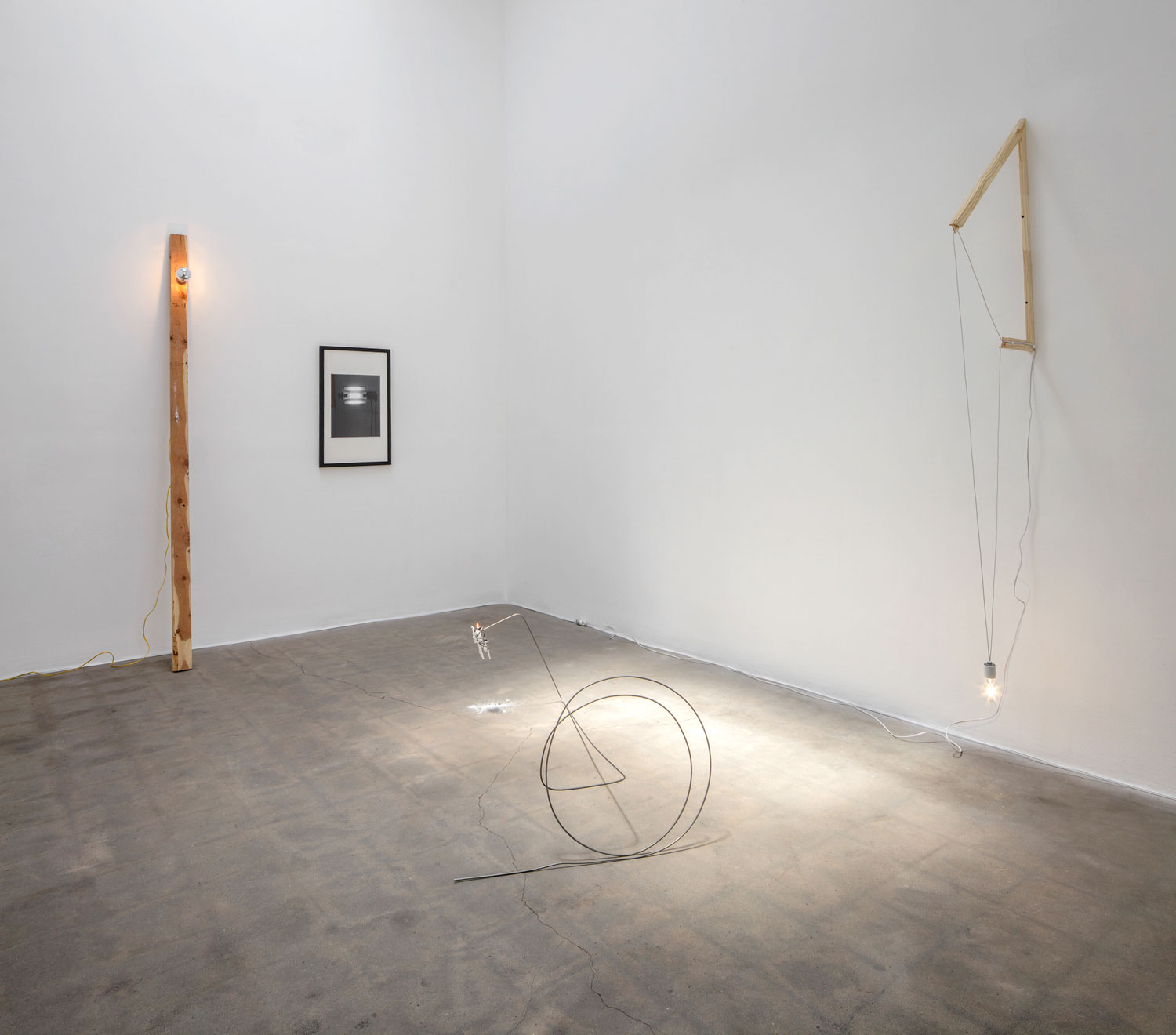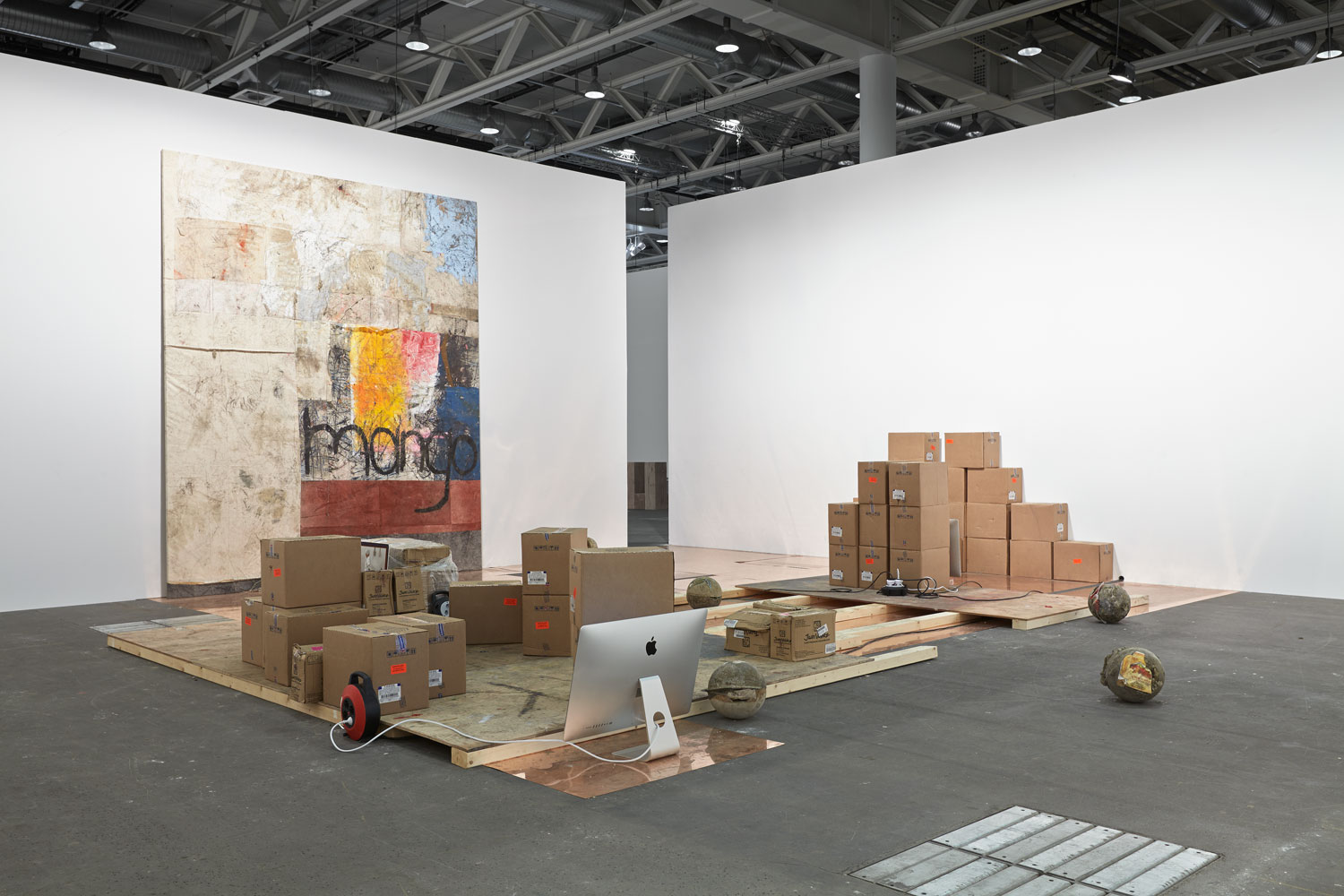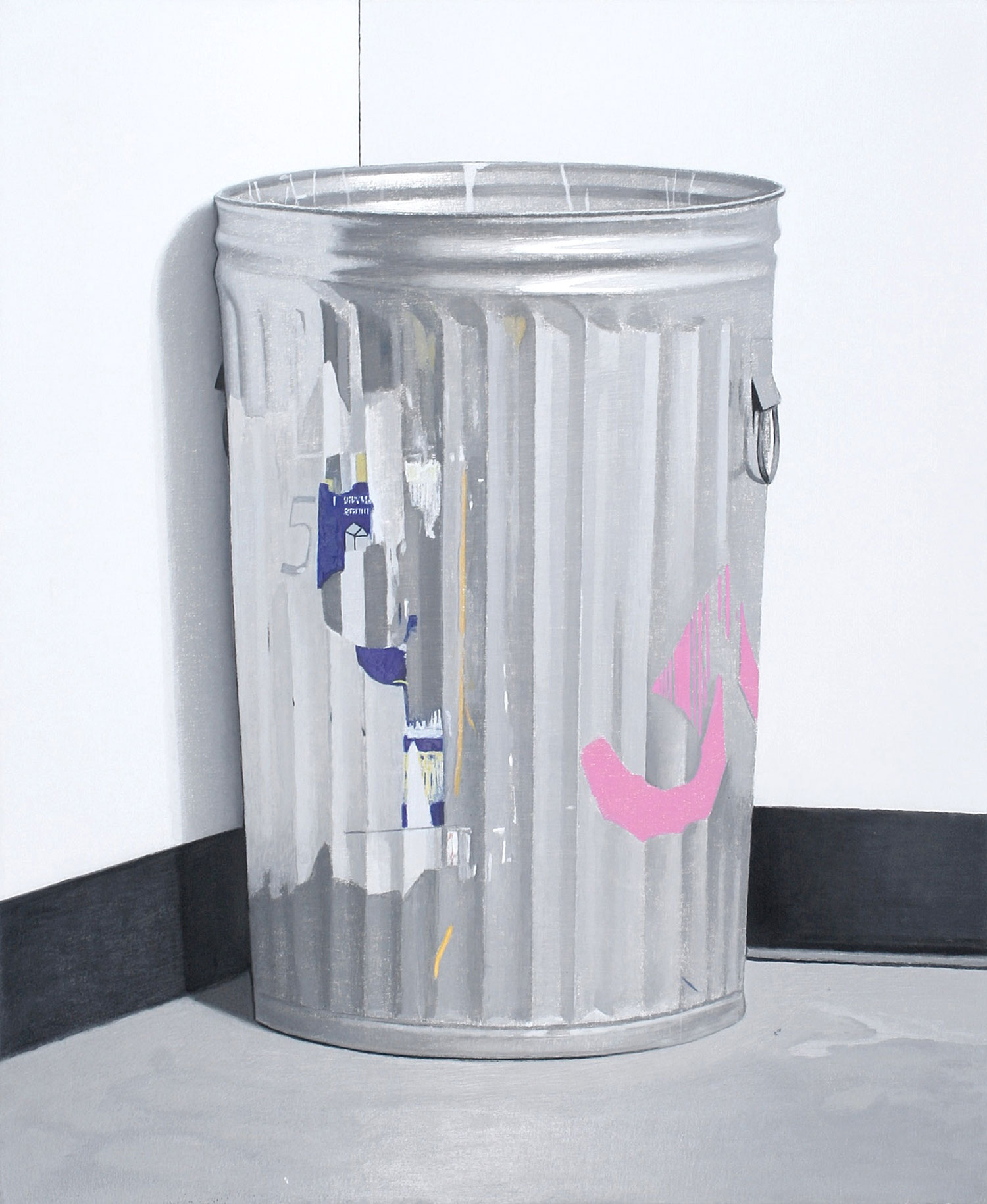Marisa Merz has a unique place in the history of Italian art. With her appearance of absence, her visionary distraction, her fragile physicality and sharp gaze, she can puzzle you with just a few words that go right to the core of an issue and — like ripples in water — provide new perspective.
Merz has always defied the logic and economics of the art world. She lives according to her own rules, rigid and unbreakable. Anyone who has had the chance to work with her knows that she can be very harsh in her judgments regarding museums and exhibitions: “You spend your time building and destroying walls, installing and removing artworks. This is contemporary art? When you know what you want you don’t take anything away.”
Beside her toughness, Merz is a unique personality; her art and life are absolutely indivisible. This is not rhetoric: once you enter into a relationship with her, you feel alienated from the life you have live so far, with all its consequences. She seems to have the consistency of a rock and at the same time the sweetness of music. Her synthesized figures bear the fragility and power of her artistic gesture: art needs a form of urgency, of violence, and there is no limit to what you may do because, fortunately, nothing is fixed, things evolve and mutate.

Merz is one of the most transgressive female figures of our century — both the one that has passed and the one that has just begun. Unreachable and inexplicable since the very beginning in the 1960s, she has never placed herself under investigation, never analyzed herself. She has refused any psychological or biographical interpretation. Her work is always a confident discourse about art, history and the history of art. What fascinates me most is her capacity to innovate, to evolve her own practice. Although we don’t know her date of birth, the works she has exhibited — in the most prestigious and sometimes unexpected institutions internationally — convey a sense of renewal that has always been remarkably timeless.
She can easily move from small-sized drawings on canvas to gigantic sheets of Japanese paper, which she handmade during a trip to Japan with Mario Merz. She experiments with painting, although sculpture remains her daily preoccupation. Her commitment, which spans the whole day — a day in which daytime and nighttime are interchangeable — is a true artistic performance. Her goal is to find new forms, new dimensions as well as unprecedented procedures. Her work is constantly on the move, and her devotion and passion are exemplary. She refuses banality; whatever she does maintains a constant state of equilibrium.
I met her in 2000 at the Villa Medici in Rome on the occasion of “La Ville, Le Jardin, La Mémoire,” the exhibition curated by Laurence Bossé, Carolyn Christov-Bakargiev and Hans Ulrich Obrist. There, in front of the villa’s courtyard, Mario Merz displayed his violin made of wax, which was removed after a few days so that the Roman sun would not damage it. Then, a few years later, we saw each other again at Castello di Rivoli. She said she would come visit me on the Island of Vassivière, where I was working at the time. She added that she would like to come by car in order to see how the landscape had changed. I believe it reminded her of a trip to Bordeaux she once made with Mario Merz.

During her trip from Turin to Vassivière, where she came to work on a project we mounted together at the Centre international d’art et du paysage de l’île de Vassivière in 2010, Marisa Merz never stopped discussing the history of France and its political and intellectual figures. France, Japan and China were her current geographical horizons. In long conversations about the female icons depicted in the churches she visited daily, she impressed me with her incisive irony. In order to pursue her artistic inspiration, her daily life has become almost ascetic. When I asked her if she wanted to stop at the restaurant of Musée d’Art Moderne de Saint-Etienne Métropole, she answered dryly: “I don’t eat with modern art.”
This provocative spirit has guided her career alongside Mario Merz, the giant of Art Povera, with whom she shared her life and with whom she sometimes collaborated on works like Isola di Frutta [Island of Fruits] (1976), a sculpture they created together. Mario built a table with the shape of a pincer, and then Marisa displayed piles of fruits and vegetables that were full of color and fragrance. These constituted an island to be reached via the limpid sea that was Mario’s table.
Marisa Merz has traversed this past century without joining any movement. Her journey has been her own; she stayed lateral to Arte Povera and employed all the languages of art — crochet, pencil, crayon, installation, painting, sculpture with clay, metal, plastic, wood and nylon — in a continuous back and forth engaged with modernity but imbued with the past — rich with classicism but rooted in the future. The majority of her works don’t even have a date or a title — they reject any kind of classification. Even her attentiveness to space and architecture is surprising: she is so passionate about exploring the essence of the spaces in which she works — the distance between things, the perspective, how energy circulates — that throughout her career, from time to time, she has even built her studio within the museum so that she could find the right balance between light and darkness.
Merz’s attitude and relationship to the art world make me think of Gino De Dominicis: both of them have transformed their own existence into a complex and mysterious work of art; both have cultivated a noble and solitary idea of artistic creation. They have never stopped working, and they chose an existential position that made them reticent toward the world. They rarely appeared in public, they refused to belong to any specific artistic group and they never succumbed to the easy temptation of making autobiographical work.

Their respective bodies of work, fascinating as a whole, are characterized by a kind of discretion and intensity that pays homage to beauty and bears many secrets. The viewer, invited into and overcome by Merz’s tableaux vivants, of which she doesn’t reveal the key, is energized by a kind of memory that is personal and collective at once. Merz and De Dominicis’s common obsession with the human form and the figure of the outcast make them two of the most mysterious protagonists of contemporary art.
Merz once said: “After many years I have never been able to put a nail in a wall — I think it’s a matter of energy. The energy of the hammer that is focused on a single point, the wall that resists and steps aside.” Her fascinating mental process is a kind of never-ending search for a point of balance between things and feelings, yet she is aware of the impossibility of achieving such a goal. A custodian of secrets and visions, inflexible and yet capable of sweetness, she knows that the world is subject to continuous adjustment. With kindness and strength, she expresses the torment and the magic of the feminine, translating it into the language of the everyday; with the lightness of either a sage or an infant she speaks about the infinitude of every thing that exists. Merz is capable of deeply maternal acts — like weaving the same pair of shoes for herself and for her daughter Beatrice. Yet she understands that this role is often silent, that the unspoken often has more meaning than that which is said.
For Merz, the untold has the value of a statement; she traces a line that she consequently erases. She doesn’t like conventions and is indifferent to the rules of the system. Her approach is critical and meticulous, especially regarding linguistic stereotypes. Merz’s poetic is a form of enchantment that translates reality into an evanescent whole that, although unreachable, has influenced many. It belongs to the world but it is also at a distance from it. Subtraction is her credo, a credo she is ready to refute through stratification, through acts of augmentation, a consequence of her close dialogue with reality. Completely aware of this reality, she understands its contradictions, its complexities, but she never lets herself become distracted or seduced. She defines herself through rigor but at the same time has an indulgent way of looking at the world, which she uses at her own discretion: “What we need to measure is not the size of the canvas but our own memory. Art is a mental thing.”





